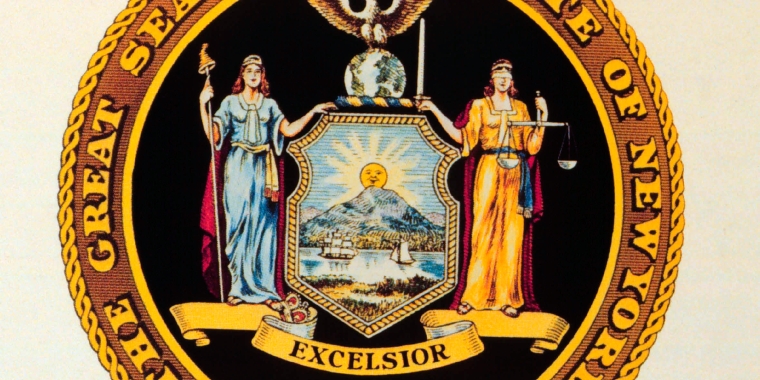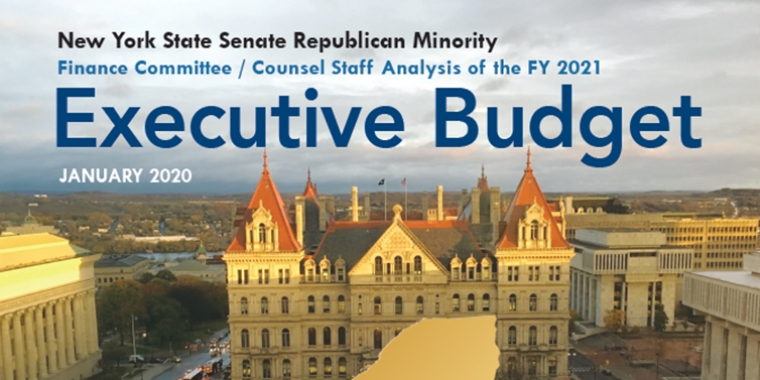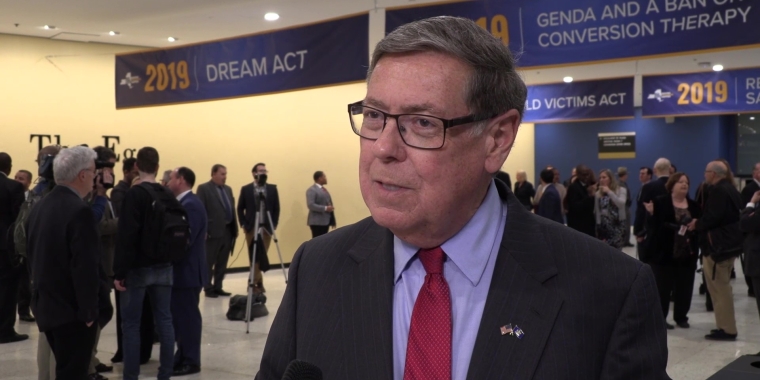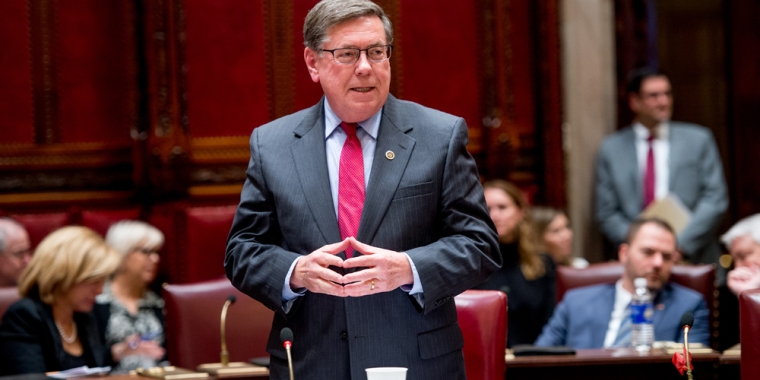
Constitutional Makeover
James L. Seward
August 20, 2009
-
ISSUE:
- Initiatives & Referendums

New York state government is in need of a makeover. While many positive reforms were approved at the end of the last senate session, much work is left undone. Elected officials must do their part to institute reform, but the public should also play a role. That’s why I am sponsoring legislation calling for a state constitutional convention.
I am not alone in making this proposal. Leaders from both sides of the political aisle are supporting the constitutional convention theme and the public is also backing the concept. In a Quinnipiac University poll released August 18, New York voters, by a margin of 64 percent to 24 percent, said there should be a state constitutional convention to reform New York state government.
So what exactly is a constitutional convention? Well, in simplest terms, it is a gathering to write a new constitution or revise an existing one. Nations around the globe have held such conventions throughout history. Perhaps the most famous in America took place in Philadelphia in 1787. George Washington presided over the historical event which produced the United States Constitution.
States also hold constitutional conventions on a semi-regular basis. Delegates propose various changes and then the state’s voters get the final call. Our state has held nine such conventions, the most recent taking place in 1967.
In many ways a constitutional convention is a dramatic step but as we look at the current state of affairs here in New York, it is apparent that we need to take bold action.
The people of New York would be involved in the process every step of the way providing essential checks and balances. First, voters would be asked to approve a convention. If a majority says yes then a general election would take place to name the delegates. Three delegates would be elected from each senatorial district along with fifteen at-large delegates. One of the most important things to consider is that this would be a citizens’ convention- elected officials, lobbyists and party chairmen need not apply.
With delegates in place, work on an initial agenda would begin. A great many topics could be placed before the delegates for consideration. The state budget process is one area ripe for review. The recently enacted spending plan was developed behind closed doors by three men and given to rank and file lawmakers for their review at the eleventh hour. During the debate that followed it was clear there were many unanswered questions about the budget. This is one process that must be changed.
Other issues like a state spending cap and unfunded mandates on schools and local governments should be looked at to help reduce our ever increasing property tax burden. It is also apparent that a real change must be enacted to clearly denote succession for lieutenant governor. The lack of clear language in our constitution has left New York without a second in command three times over the past 40 years, and is the subject of a current lawsuit.
Many other topics would certainly be brought to the table allowing for a real discussion of the issues the people of the state are most concerned with.
Once the citizen delegates complete their work all New Yorkers would be called on one final time to vote up or down on the changes. I mentioned previously that the last constitutional convention in New York took place in 1967; delegates at the time proposed a number of changes but the citizens of New York disagreed with the revisions and voted “no”.
There have been a great many calls for change across New York and I feel the time is right for those calls to be answered. By clearing the way for a constitutional convention all options for reform can be brought to light and given genuine consideration by every New Yorker.
Share this Article or Press Release
Newsroom
Go to NewsroomSeward Meets with Veterans
February 25, 2020

Analysis of 2020-21 Governor's Budget Proposal
January 29, 2020

Governor's Budget Plan Falls Short
January 21, 2020

Statement from Senator Seward
January 20, 2020
